25 mysterious archaeological artifacts (26 photos)
Ancient finds give archaeologists the opportunity to learn about the cultures, societies and technologies of people of the past. But sometimes ancient finds become mysteries for scientists, which take many years to solve. 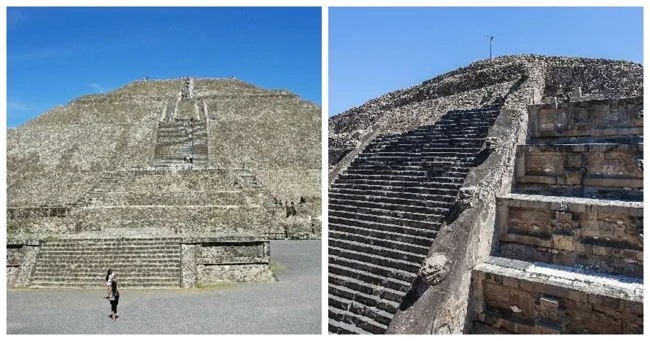
Pyramids of the Sun and Moon 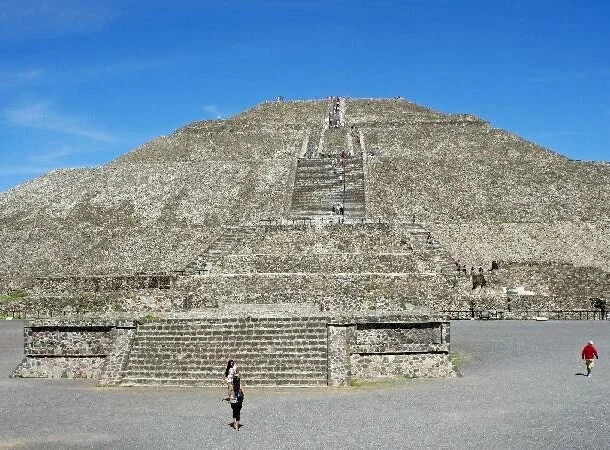
These ancient pyramids are located in the western part of the ancient city of Teotihuacan, modern San Martin de las Piramides in Mexico. They are believed to have been built before 200 AD.
Great Bath of Mohenjo-Daro 
An ancient public bath located in Mohenjo-daro, Pakistan. It is believed to date back to the 3rd millennium BC and is one of the world's oldest examples of a public sanitation facility.
Temple of the Feathered Serpent 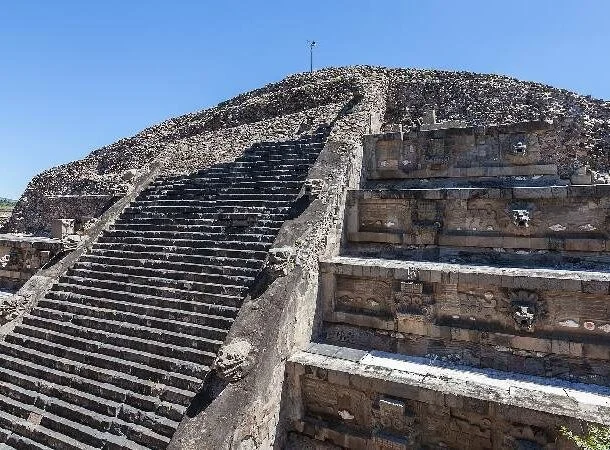
Pyramid temple located in the ancient city of Teotihuacan in Mexico. The temple was built around 200 AD. and is named after the feathered serpent deity depicted on its walls.
Temples of Baalbek 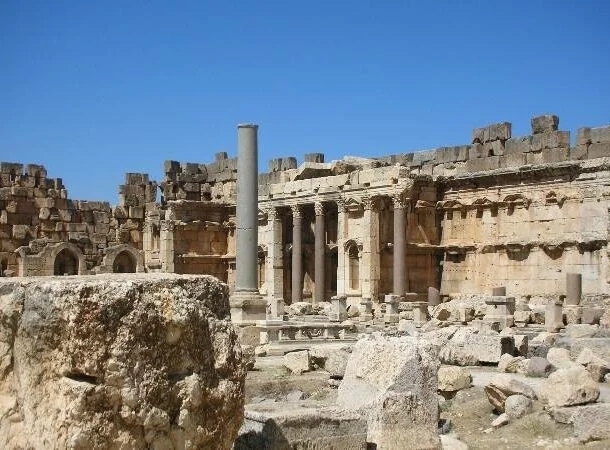
The ancient temples, located in the city of Baalbek in Lebanon, were built by the Romans in the 1st century AD and are known for their enormous size and rich decorations. In Roman times, the city of Baalbek was known by its Greek name Heliopolis, meaning "City of the Sun".
Ancient Petra 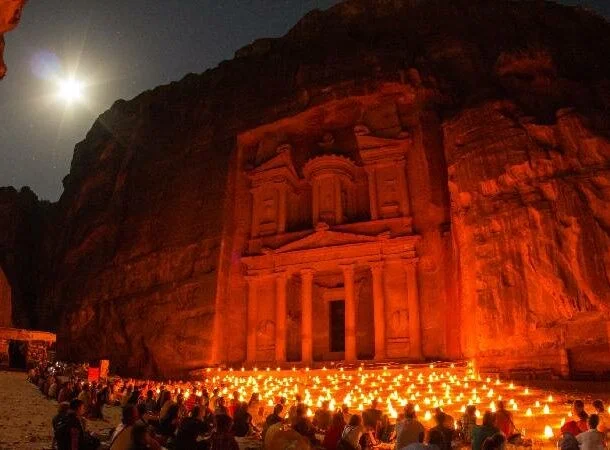
Great temple in the ancient city of Petra in Jordan. Known in Arabic as Khazneh, meaning "Treasure", it was carved out of sandstone cliffs in the 1st century AD and is considered one of the most impressive examples of ancient architecture in the world.
Sacsayhuaman 
Pre-Columbian settlement located in Cusco, Peru. It is an important site in the history of the Inca Empire, famous for its massive stone walls and buildings. Today, the ancient settlement consists of rows of walls made of massive stones, connected without the use of mortar. The stones, weighing up to 350 tonnes, were brought to the site from a quarry several kilometers away and placed with such precision that a piece of paper would hardly fit between them. Sacsayhuaman was used by the Incas as a military fortress and ceremonial center. The settlement here appeared in the 15th century and was a significant suburb of the Inca capital Cusco. The site is now an important tourist attraction in Peru and is listed as a UNESCO World Heritage Site.
Stone balls of Costa Rica 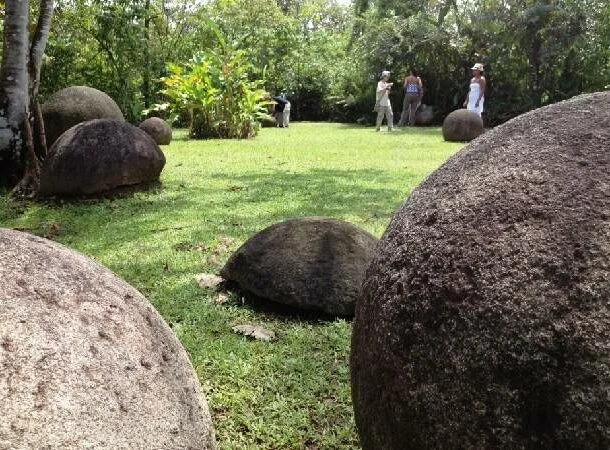
These mysterious stone balls are a group of over 300 stone spheres discovered in the Diquis River Delta in Costa Rica. Their size varies from a few centimeters to more than two meters in diameter. Many are intricately carved with geometric patterns. The stones are made from granodiorite, a complex igneous rock that is difficult to work with. According to scientists, the spheres were created by ancient indigenous people of Costa Rica who lived in the region between 500 BC. and 1500 AD The purpose of the stones remains to be determined. Today it is believed that they were used, among other things, as ceremonial objects, burial markers and possibly as astronomical observatories.
Bronze Sanxindu 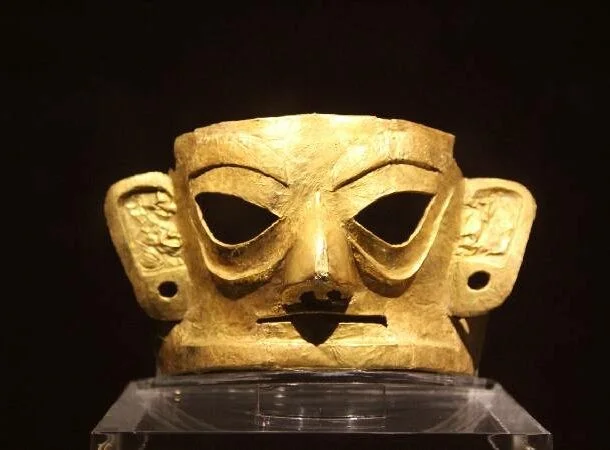
A collection of ancient Chinese bronze sculptures and artifacts that were discovered in the city of Sanxindu in 1986. They date back to approximately the 12th - 11th centuries BC and are of great importance for the study by historians of ancient Chinese civilization, about which little is still known. Sanxindu bronzes can be seen at the Sanxindu Museum near Guanghan in southwest China.
Pyramids of Meroe 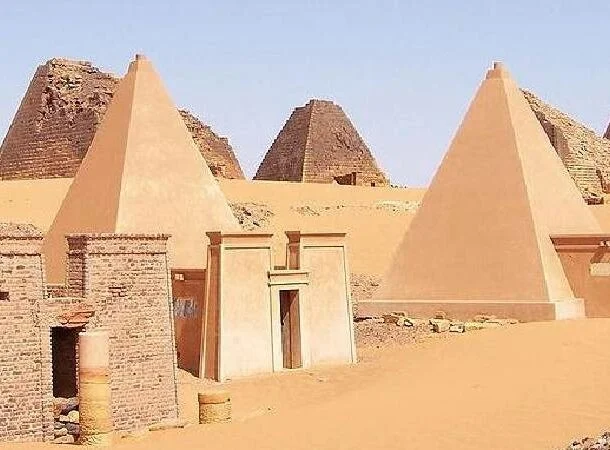
These ancient pyramids, located in Sudan, are part of a group of structures known collectively as the Nubian pyramids. The pyramids of Meroe were built in the kingdom of Kush between the 8th century BC and the 4th century AD and are considered among the most important historical artifacts in Africa.
Venus de Milo 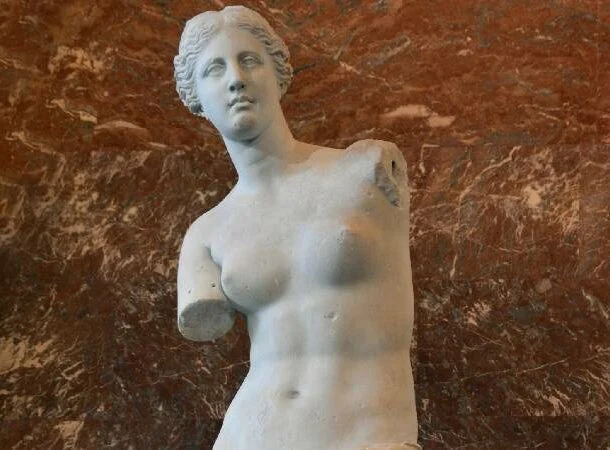
Ancient Greek statue of the goddess Venus in Greek mythology - Aphrodite) dates back to the Hellenistic period between 150 and 125 BC. The Venus de Milo was discovered on the island of Milos in Greece in 1820 and is now housed in the Louvre Museum in Paris.
Mummies of Mochica 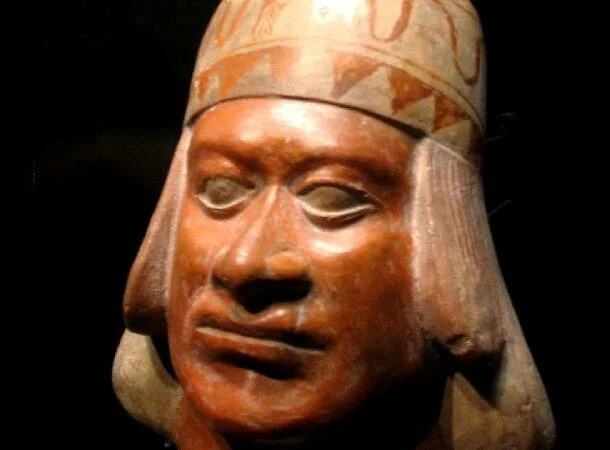
Mummies belonging to the Mochica or Moche culture of ancient Peru. The Mochica people practiced mummification and buried their dead in elaborate tombs containing afterlife supplies.
Shroud of Turin 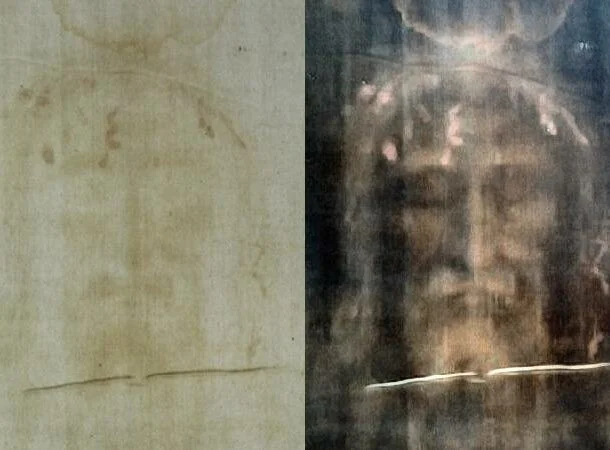
The Shroud of Turin is a linen cloth with the image of a crucified man. Some believe that this is the burial shroud of Jesus Christ. This is one of the most studied and at the same time most controversial religious relics in the world. The shroud is currently housed in the Cathedral of St. John the Baptist in Turin, Italy. This is a piece of fabric about 4.4 m long and 1.1 m wide, on which there is a faint image of a man with wounds corresponding to the wounds of a crucified man. The image appears to be a negative: the lightest parts of the fabric correspond to the darkest parts of the body, and vice versa. The shroud also contains stains believed to be blood, as well as pollen and other trace elements common to the Jerusalem region.
The authenticity of the shroud has been the subject of much debate and research. Some believe that this is a genuine relic from the time of Christ, others believe that it is a medieval fake. Scientists have used a variety of methods, including carbon dating and microscopic analysis, to study the shroud, but the results of these studies have been inconsistent. Nevertheless, the mystery of the shroud still fascinates millions of people today.
Antikythera Mechanism 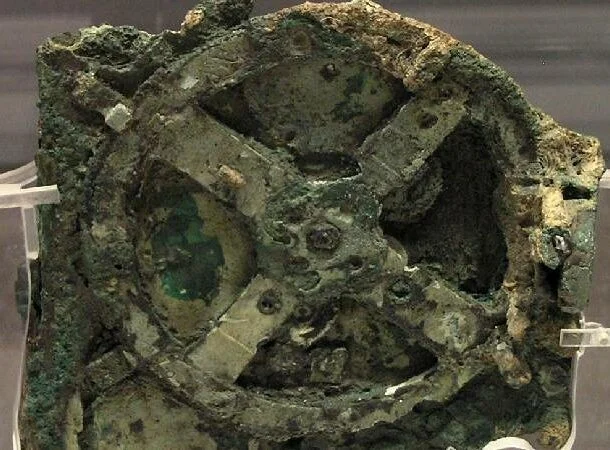
The ancient Greek mechanism, dating back to the 2nd - 1st centuries BC, is considered one of the oldest analog computers. According to scientists, it was used for astronomical calculations and eclipse prediction.
Tutankhamun's tomb 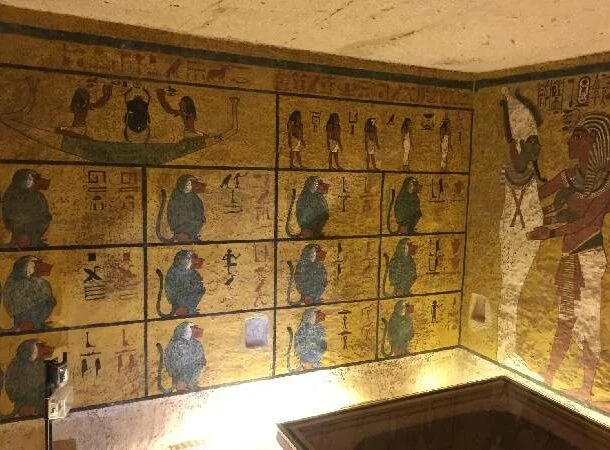
Tutankhamun was an ancient Egyptian pharaoh who reigned from 1332 to 1323 BC. His tomb, located in the Valley of the Kings in Egypt, was discovered in 1922 by British archaeologist Howard Carter.
Tutankhamun's tomb is known for its well-preserved state and the wealth of artifacts that were found inside. The burial chamber consists of a series of rooms filled with various artifacts - jewelry, furniture and other items that were placed there to accompany the pharaoh in the afterlife. The walls of the tomb are decorated with intricate paintings and carvings depicting various scenes from ancient Egyptian mythology.
The discovery of Tutankhamun's tomb was a significant event in the field of archaeology. And today it remains one of the most famous and famous tombs in the world. The tomb is now open to the public and is a popular tourist attraction in Egypt.
Longyou Caves 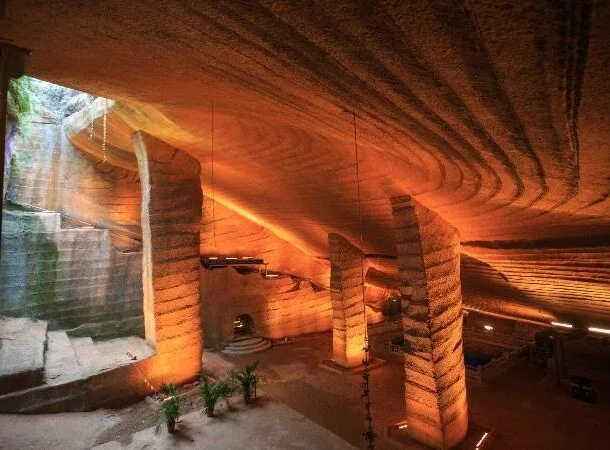
These ancient man-made caves found in China are believed to date back to the 3rd century BC. The caves, also known as Xiaonanhai Stone Chambers, carved out of solid rock, were used to store supplies or as underground dwellings, but the exact purpose and method of their construction remains a mystery.
Copper scroll 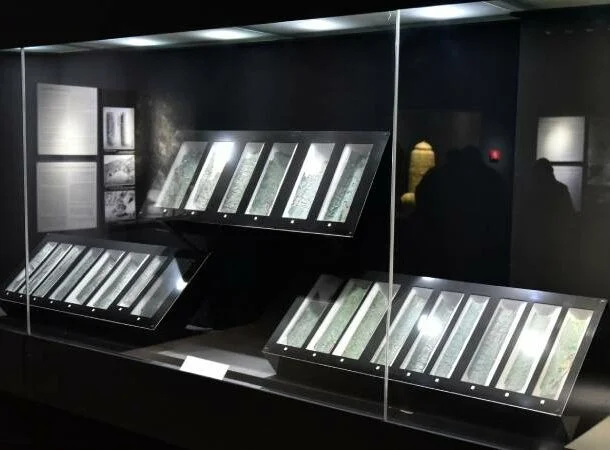
The Copper Scroll is a document discovered among the Dead Sea Scrolls in 1952. It is written in Hebrew on a sheet of copper and contains a list of 64 places where gold, silver and other precious objects are rumored to be hidden. The locations are described in great detail, with listings including items about the amount of treasure in each location and the types of items that are hidden there.
The copper scroll dates back to the 1st century AD and is one of the most unusual and mysterious artifacts found among the Dead Sea Scrolls. It is unclear who wrote the scroll or why, and the places listed on it have yet to be found. Some theories suggest the scroll may have been written by Jewish rebels hiding their treasure in case of a Roman invasion, while others think it may be a ritual text or a set of treasure-hunting clues. Despite numerous attempts to decipher the Copper Scroll, it remains one of the most mysterious and unusual artifacts of the ancient world.
Crystal Skulls 
Intricate crystal skulls, believed to be ancient Aztec artifacts, are considered one of the great mysteries of antiquity. Although some researchers believe they have magical or healing properties, the true origins of these skulls are still unclear. However, recent research has shown that crystal skulls were produced in Germany in the 19th century or later. So the solution may turn out to be quite prosaic.
Voynich manuscript 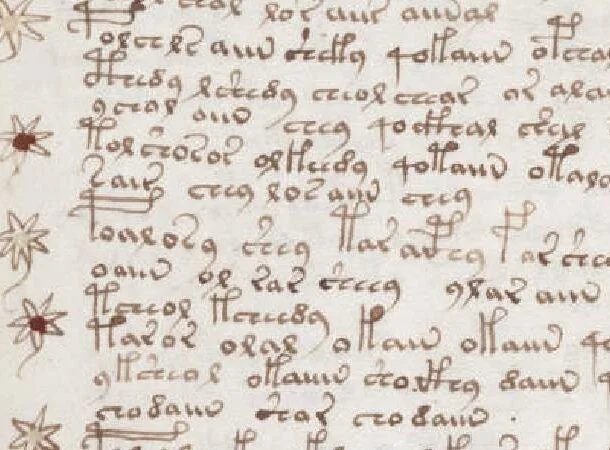
A mysterious book, written in an unknown language or code, has baffled researchers and cryptologists for centuries. It dates back to the 15th century and contains images of strange plants, celestial diagrams and other inexplicable pictures.
Rosetta Stone 
This stone slab on which was written in three languages a decree issued by Pharaoh Ptolemy V in 196 BC. BC, played a decisive role in deciphering the hieroglyphic writing system of ancient Egypt.
Stonehenge 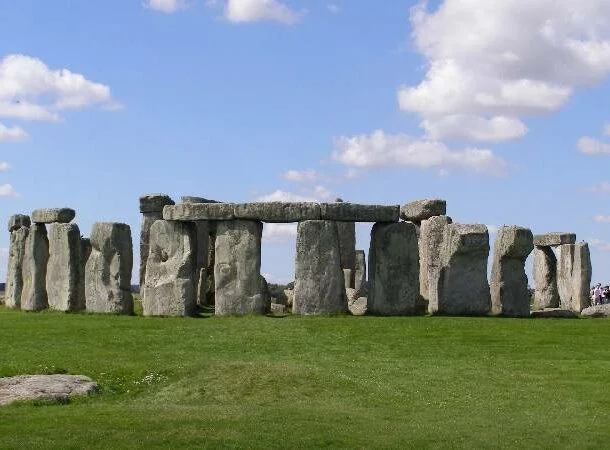
This ancient monument in Wiltshire, England, consists of large standing stones arranged in a circle. It was built between 3000 BC. and 2000 B.C. Scientists believe that it was used for astronomical observations, as a burial ground or for religious rituals.
Pyramids of Giza 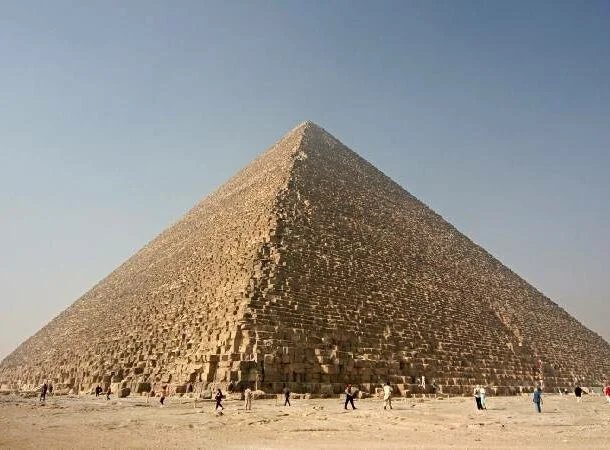
The ancient Egyptian pyramids, which date back to the 26th century BC, were built as tombs for the pharaohs. The largest of the pyramids, the Great Pyramid of Giza, is one of the Seven Wonders of the Ancient World.
Terracotta Army 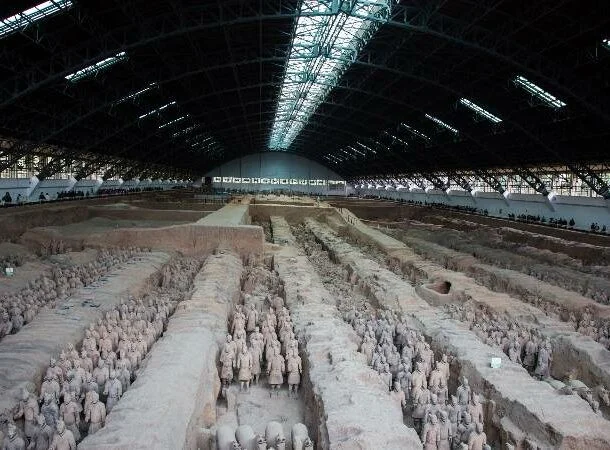
This collection of thousands of terracotta statues, found near the city of Xi'an in China, depicts the army of China's first emperor, Qin Shi Huang. The statues were created around 210 BC. to protect the emperor in the afterlife.
Stone idols of Easter Island 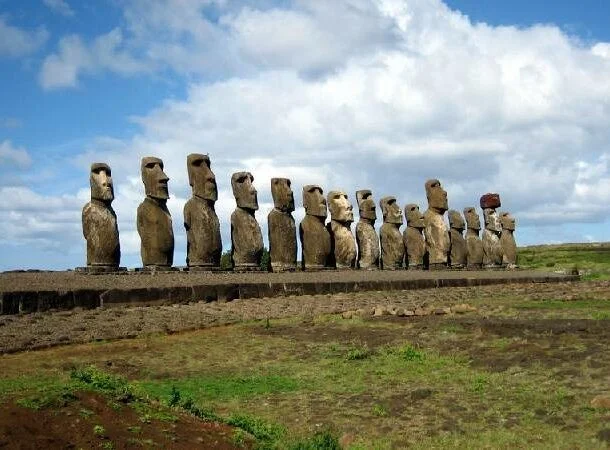
These massive stones depict human figures with elongated heads. The giant stone statues on Easter Island, a Polynesian island in the southeastern Pacific Ocean, were carved by the Rapa Nui people between the 13th and 16th centuries and are believed to represent sacred ancestors or chiefs of local tribes.
Nazca Lines 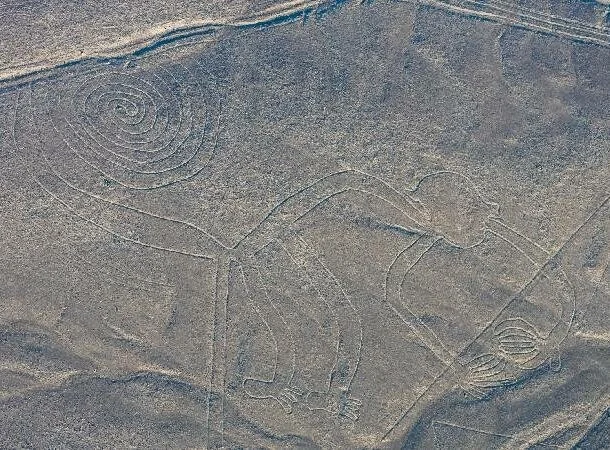
These giant geoglyphs in the Nazca Desert in Peru were created by the ancient Nazca civilization between 500 BC. and 500 AD The lines depict various animals, plants and geometric figures and are believed to have been used for religious or ceremonial purposes.
Göbekli Tepe 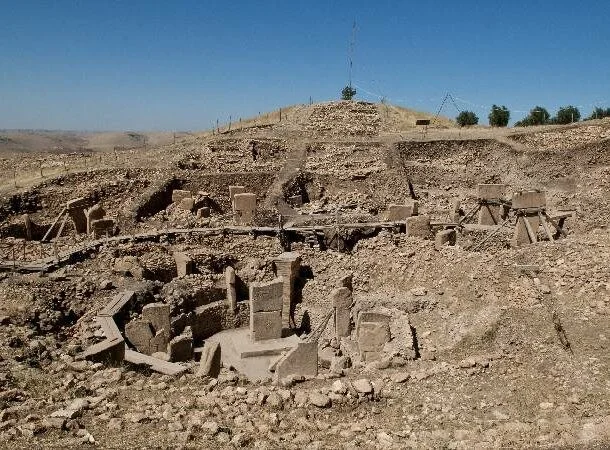
Göbekli Tepe is located in southeastern Anatolia in Turkey and dates back to the 11th-10th millennia BC. It is considered one of the oldest and most important archaeological sites in the world. Scientists call it the “first temple” in human history. The structure consists of round and oval shaped stone structures, some of which are decorated with carved stone pillars and reliefs. Archaeologists claim that the drawings were used for ceremonies and rituals. The discovery of Gobekli Tepe revolutionized the understanding of the development of human societies because it suggests that the construction of complex religious structures preceded the development of agriculture and the emergence of the first civilizations. The site also shed light on the beliefs and practices of ancient societies and continues to be an important subject of research.



